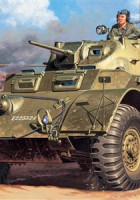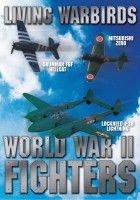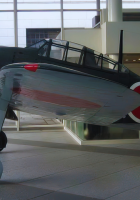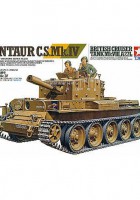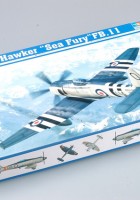
Editora Osprey | |
|---|---|
| Série | Nova Vanguarda |
| autor | Steven J. Zaloga |
| Sujet | Carro Blindado Staghound 1942–62 |
| Ref | 159 |
Um livro assinado Editora Osprey le livre «Staghound Carro Blindado 1942–62 – NOVA VANGUARDA 159» .
O Staghound foi um veículo blindado único da Segunda Guerra Mundial – projetado e fabricado nos EUA, mas destinado exclusivamente ao exército britânico. Desde sua estreia em combate na Itália em 1943 até o final da guerra, ele desempenhou um serviço particularmente valioso em um papel de reconhecimento, onde sua velocidade e armadura garantiram que ele fosse capaz de se livrar de problemas conforme necessário sem apoio adicional. Este livro examina o desenvolvimento desta categoria de carros blindados e oferece uma análise detalhada do uso extensivo de combate do Staghound no serviço britânico, bem como a serviço de outros países aliados, incluindo Canadá, Nova Zelândia e Polônia.
Continue lendo
Visualizações : 955
